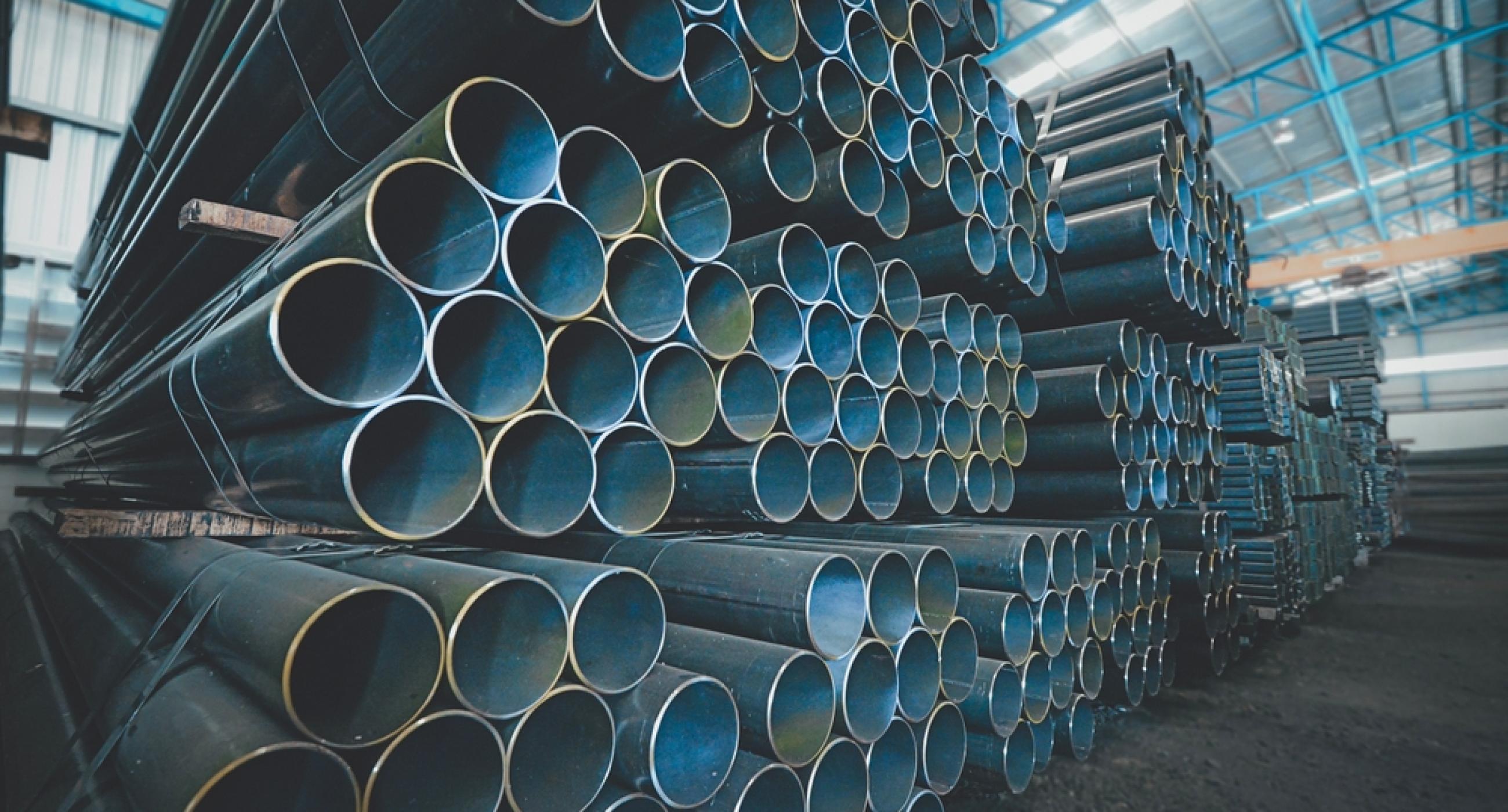If you are looking for a material that works reliably when subjected to various types of aggressive conditions, the choice usually falls on a rather common austenitic steel, AISI 316 also designated with the number 1.4401 but by most known as 18-10 stainless steel .
But the characteristics that make AISI 316 so versatile are many, the main one being good resistance to corrosion, and significant resistance to hot oxidation which is good up to temperatures of 850°C.
This is thanks to the percentage of chromium and nickel in the alloy which give this characteristic.
Versatile because it is easy to work with, even if the weldability in the normal version is not particularly high. AISI 316 is usually processed by cold deformation which is particularly good, but processing by chip removal is also equally good.
AISI 316 is used in the production of valves, fittings and flanges whose typical use is in the plant engineering of industrial sectors such as textile, chemical, tannery, paper industry. It is also used in naval and aeronautical systems, but above all in the food industry.
AISI-316 stainless steel: chemistry and characteristics
In the world of fittings and plumbing, stainless steels take on a central and priority role thanks to the mechanical, chemical and corrosion resistance characteristics that qualify them. Among these, austenitic stainless steels, and in particular AISI-316 steel, are a key material for this type of application.
The chemistry of AISI-316 steel
AISI-316 steel (so called by the American designation method) is also definitive X5CrNimo17-12-2. This designation allows us to identify the main elements that constitute it:
- 0.05% carbon: main alloying element of steels;
- Approximately 17% chromium: fundamental percentage for the characteristics of stainless steels;
- About 12% nickel: also in this case it is a central percentage to fall within the field of stainless steels.
- approximately 2% molybdenum: it is useful for improving a classic weak point of AISI-304 steel, namely electrolytic corrosion, otherwise called "pitting".
- Mn and Si are respectively around 2% and 1%.
The characteristics of AISI-316 steel
After having briefly described the chemistry of steel, it is appropriate to analyze the mechanical characteristics and more. It is important to underline that although the chemistry and the properties are analyzed separately, it is not possible to separate them completely, just as it is not possible to do so with the production method, the production parameters, the operating conditions and the design of the component for which the steel was chosen.
The main characteristics are:
- High mechanical properties typical of steels: both yield strength and fracture have classic steel values. Furthermore, the resistance can be increased by work hardening by deforming the material when cold.
- Good workability: it is a fundamental characteristic for transforming the material into a product;
- Corrosion resistance: thanks to the presence of chromium, nickel and molybdenum, steel has great resistance to various corrosive environments, making it suitable for numerous applications in the water field, including marine;
- Weldability is good: this property is not secondary, especially considering applications such as welding fittings.
- Absence of transition temperature: they exhibit ductile behavior at high temperatures and low temperatures. They therefore have a very wide application range which makes them suitable in very different fields.
The main applications
On the basis of all the characteristics set out in the previous paragraphs, it seems quite clear that the applications can vary from the petrochemical sector to the plant and civil sectors. In general, understanding the strengths and applying the material in the most suitable specific situations represents the real challenge that designers and engineers involved in the decision-making process face.
Comparison between AISI 316 steel and AISI 304 steel
In the previous paragraphs, the focus was largely on the characteristics of austenitic stainless steel AISI 316, highlighting its advantages and potential applications.
To further emphasize the properties of this material, we can compare it with another widely used austenitic stainless steel: AISI 304.
The main differences between these two steels concern their chemical composition: AISI 316 contains a higher amount of molybdenum compared to AISI 304, with a percentage of about 2–3%.
From an application standpoint, this means that AISI 316 is less affected by phenomena such as cracking, chloride corrosion, and pitting corrosion — issues that are common in marine environments but also present in the pharmaceutical and chemical industries.
However, there are also differences in cost and workability: since AISI 304 contains fewer alloying elements, it is less expensive and easier to machine than AISI 316.
In general, these are two steels with very similar basic characteristics, but AISI 316 tends to deliver better performance.
What is important to assess is the type of application the component will face in operation. If the conditions are standard and not particularly demanding, AISI 304 may be sufficient; in more severe environments, it is preferable to use AISI 316.
